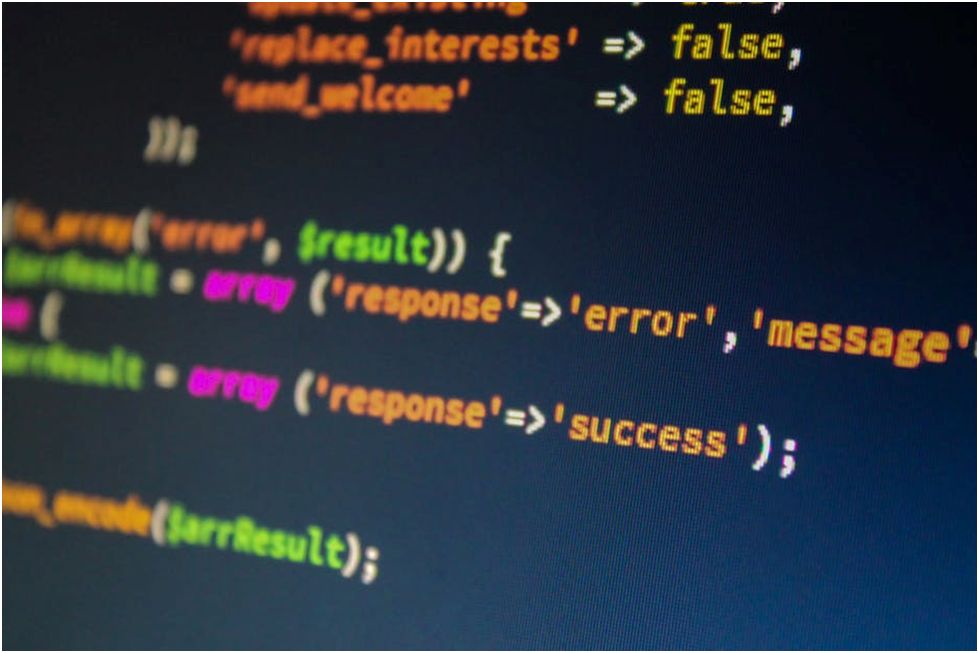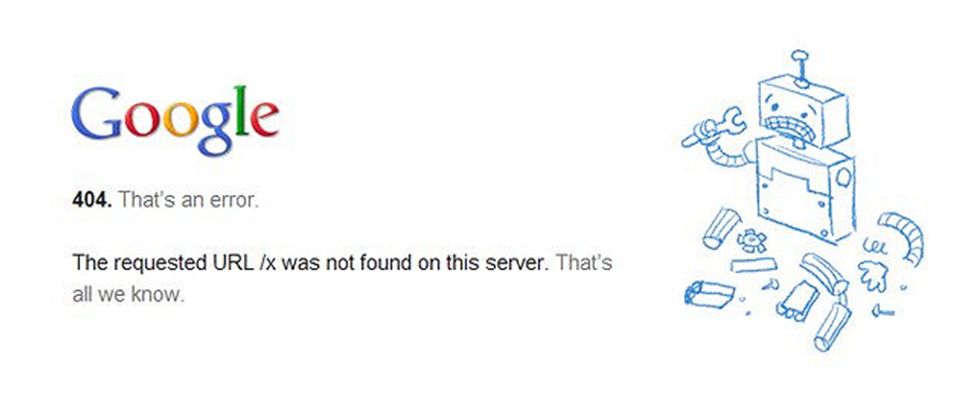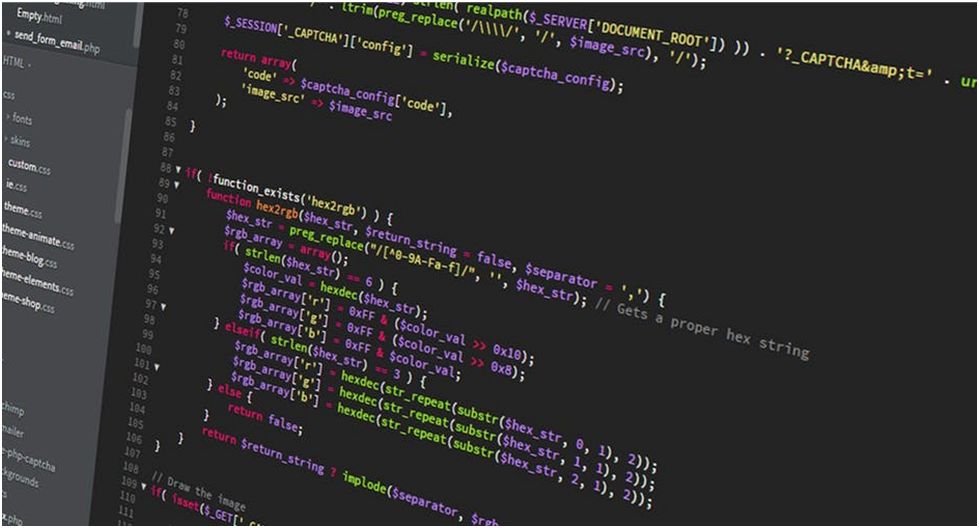Let’s start with an analogy. Sarah bakes a batch of her famous chocolate chip cookies with the purpose of selling them to a near patisserie. Each cookie comes out with a unique chip-to-biscuit chemistry. Nevertheless, they all taste alike—having the same ratio of the base ingredients. Now, Sarah has to make a choice. Which chocolate chip cookie should she take with her in the basket? Which cookie should she present to the man behind the counter as the pitching point? Which cookie should she label as the master creation? At this critical juncture of making a preference, a ‘canonical’—also called a standard for judgment—comes super handy.

Table of Contents
What is a Canonical Tag?
In SEO terminology, a canonical tag is an HTML element, which helps the search engine to sort between the original content of a site, and its duplicate copies appearing across multiple URLs. It highlights the master copy or the ‘preferred version’ of a web page that is selected for crawling and which the site owner would want to see enlisted in the SERPs (Search Engine Page Results). Remember the cookie that was chosen for the final exhibition, out of the rest? Yes, it was ‘canonicalized’.
How do you write it?
A canonical tag is a ‘relation’which is why it is written as ‘rel=canonical’.
Use the Search Console to find out the number of URLs versions that exist for your domain page. After that, apply the HTML tag to the ‘head’ section of all the duplicates URLs—pointing towards the main, canonicalized page. For instance,
<link rel=”canonical” href=”https”//example.com/cookies/chocolate-cookies-recipe-2019” />

Source: Pexels.com
Why is it Important?
Search engines release bots to crawl over all the sites that exist in the digital pool. Only those web pages that the crawler fetchesback are indexed and finally, ranked, in the search results.In case of the duplicate content, the crawler is met with the difficulty of choosing the right URL to highlight in its findings. So, it either crawls over all the similar versions of a page, diluting the ranking potential of the site, or it automatically picks a ‘copy’ page to index instead of the ‘original’ one. Duplicate content exists because of:
- Multiple URLs, serving similar content.
- HTTP, HTTPS, WWW domain varieties.
- Mobile URLs.
- Case change URLs.
- Country-specific URLs, etc.
The presence of these duplicate pages damages the SEO status of a site. A canonical tag, by pointing out the original page, helps the search engine to crawl ONLY that, and preserve the uniqueness of the page’s content. Its use is not mandatory, but it is strongly honored by the search engine algorithm.
What is its History?
Sometime around the February of 2009, major search engines like Google, Yahoo!, Bing and even Microsoft started showing support for the canonical link element. Ever since then, sites have included it in the <head> section of their webpages to help the webmasters in case any duplicity arises.
What is the Difference between Canonical and 301 Redirect?
Often confusion arises between these two HTML elements in SEO circles, because they seem to be performing the same relocation function. However, in technical terms, they are quite different. How?
Well, if you apply a 301-redirect code on page X leading to the master page Y, then the users will only be able to access the redirected page, i.e. Y, and will not be able to see X.
Whereas, if you apply a canonical tag on page X pointing towards the master page Y, then the users will be able to access both the URLs, over their internet connection, as acquired from those Mediacom internet plans. Only the search engine will know about the rel-canonical on Y page, for crawling purposes. Get my point?

Source:flikr.com
What are the Things you need Consider While Applying Canonicalization?
There are a few important points you need to keep in mind while trying your hand at the canonical tag for the first time. These come handy especially at the points where duplicate content gets tricky. Check them out:
- Near-Duplicates—Some pages look very similar to your original content, but they are not its exact duplicates. Be careful while applying canonical tags on these near-duplicates, differing only by a currency or a geographical location etc.
- Homepage Tagging—Most of the webmasters link tend to link to your site’s homepage. If multiple versions of your homepage exists, then it would only lead to confusion. So, it’s a good idea to put the canonical tag on your site’s homepage, distinguishing it as the master version.
- Spot Checking—Usually e-commerce sites and those that are driven by a CMS (Content Management System) get affected by bad codes. This creates a different canonical tag for each duplicate URL version, missing the whole point of the practice. So, always double check the dynamic tags from time to time.
- Self-Referencing—Canonical tags can be placed on the master URL as well, referring to itself. For instance, if A, B & C are the duplicate content copies, and you decide to canonicalize C, then it would be okay for you to apply the tag on C’s URL, not just A and B.
- Chaining—You need to be very clear while applying the canonical tags. Because, you are guiding the search engine in essence, which would ultimately decide your site’s SEO ranking. Do not canonicalize page X leading to main page Y, and then put a 301 redirect on page Y leading to the duplicate page X. Such mixed signaling only hurts your reputation. Avoid chain tagging as much as you can.
What are the Common Issues Faced during Canonicalization?
If you are an absolute beginner at canonicalization, then there is a high probability that you would be making some slight mistakes here and there. Courtesy of the process of learning, right? Well, by reading the below mentioned common issues, you might be able to prevent them.
- Putting all the canonical focus on the home page might deprive your site’s other pages from being crawled and indexed on an equal footing. So, do put a canonical tag on your home URL, but place it carefully.
- Using the canonical tag on only one part of a split-page content brings the possibility of ignoring the part B page. So, either use “rel=prev” and “rel=next” tags to make sure the entire split-page content gets focused on, or put “rel=canonical” on the “View All” option if there is any.
- Canonicalizing a regularly updated ‘Featured articles/product’ page would result in it being ignored by the search engine. So, avoid that.

Source: Pexels.com
Conclusion
Duplicate content is a serious problem faced by many site owners, in the present era. It dilutes the relevancy of search results and hurts the ranking of the original site pages—ultimately reducing the site exposure and revenue. However, it can easily be avoided by a cleverly placed canonical tag, as the aforementioned pointers show.
Born in Lincolnshire, Illinois and moving past all hurdles that came her way to NYC – Sage has seen it all. Rekt the world with her ‘been there and done that’ attitude and showed nothing but compassion to animals and plants. Owning 3 cats, at the moment, she believes to open an animal sanctuary in time alongside pushing forth her writing career.
Sage works as a digital marketer and is loved not just as the human she is but also because of her work and passion.